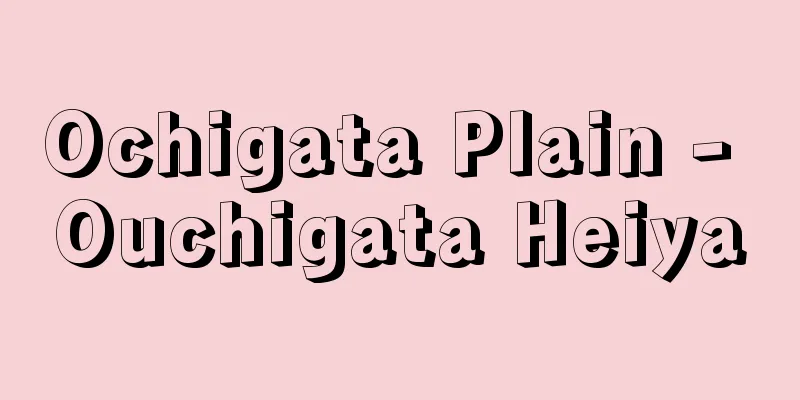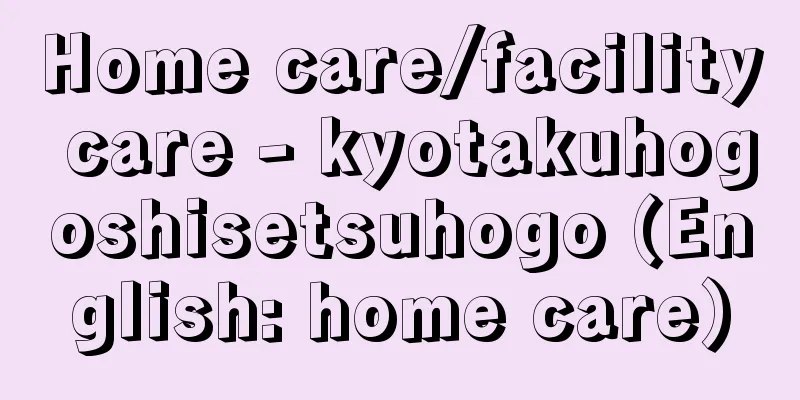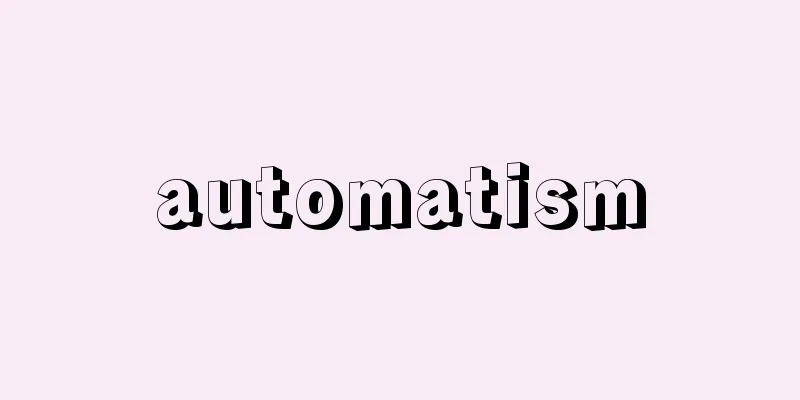Tokyo language - Tokyo

|
The spoken language used daily by people living in Tokyo. "Tokyo dialect" is sometimes used to mean the language of people who have lived in Tokyo for generations, and "Tokyo language" is sometimes used in a broader sense to mean all the language used in Tokyo. In the narrow sense, Tokyo language is divided into Shitamachi-kotoba (downtown dialect) and Yamanote-kotoba (upper town dialect). Shitamachi-kotoba is said to have inherited the language of craftsmen and merchants in the Edo period, while Yamanote-kotoba (upper town dialect) is said to have inherited the language of samurai and upper-class townspeople. Shitamachi-kotoba has characteristics such as pronouncing " hi " as "shi " and changing "ai" and "oi" to "ae " as in "ake" (red) and "hosey" (thin), and is closer to the surrounding Kanto dialect. Yamanote-kotoba has less accent in pronunciation, has a well-developed honorific language, and is influenced by dialects of Western Japan. Yamanote-kotoba became the basis of modern standard and common language. Tokyo-kotoba as a whole sometimes shows Western Japan tendencies within the Kanto region, making it an "island of language." Examples include saying "shiasatte" after "asatte" and polite expressions such as "Osamu gozaimasu." On the other hand, there has been some inflow from the Kanto dialect, such as "jan" and the sentence-final particles "saa" and "yo." This mixture of dialect elements is considered suitable for a language that can be understood throughout the country. Tokyo dialect does not coincide with standard Japanese, which has a background in written language, but it is highly regarded as the language of the capital and a large city. In this way, Tokyo's spoken language, including slang, is currently spreading throughout the country, and it is becoming more and more "Tokyo-like" rather than "standardized." Regarding accent, Tokyo dialect is treated as standard accent as it is. [Inoue Fumio] "Tokyo Dialect Collection" edited by Saito Shuichi (Compilation of National Dialect Materials) (1976, Kokusho Kankokai) Source: Shogakukan Encyclopedia Nipponica About Encyclopedia Nipponica Information | Legend |
|
東京に居住する人々が日常使う話しことば。「東京弁・東京方言」を先祖代々の東京居住者のことばの意味で使い、「東京語」を東京で使われることば全体という広い意味で使うこともある。狭い意味の東京語は、下町ことばと山の手ことばに二分される。下町ことばは江戸時代の職人や商人のことばを、山の手ことばは武士や上級町人のことばを引き継いだものとされる。下町ことばはヒをシに発音し、アケー(赤い)、ホセー(細い)のようにアイ、オイをエーにするなどの特徴があり、周囲の関東方言に近い。山の手ことばは発音の訛(なま)りが少なく、敬語が発達しており、西日本の方言の影響を受けている。山の手ことばは近代の標準語・共通語の基盤になった。東京語は全体として、関東地方のなかで西日本的傾向を示すことがあり、「言語の島」をなす。「アサッテ」の次を「シアサッテ」とよぶことや、「オ寒ウゴザイマス」などの敬語表現がその例である。一方で、「ジャン」や終助詞の「サア」や「ヨオ」のように関東方言からの流入もある。このように諸方言の要素の混合であることが、全国に通じることばとしてふさわしいとされる。東京語は、文章語を背景とした標準語と一致するわけではないが、首都かつ大都市のことばとしての評価が高い。こうして東京の話しことばは、俗語を含めて現在全国に波及しつつあり、「共通語化」というよりは「東京語化」が進行しつつある。なお、アクセントについても、東京語のものがそのまま共通語アクセントとして扱われる。 [井上史雄] 『斎藤秀一編『東京方言集』〈全国方言資料集成〉(1976・国書刊行会)』 出典 小学館 日本大百科全書(ニッポニカ)日本大百科全書(ニッポニカ)について 情報 | 凡例 |
<<: Tokyo Institute of Technology
>>: Tokyo University of the Arts
Recommend
Carlit - Carlit (English spelling)
Invented by the Swedish Oscar Birger Carlson (187...
Tatenawa (vertical long line)
A type of fishing gear also known as a standing lo...
Pest control - Gaichuu Bojo
...Also, with the development of land, sea and ai...
Scott, DH (English spelling) ScottDH
...This idea was supported by the discovery of sp...
Coptic art
Copts are Egyptian Christians, and a general term...
Nessos
… After these feats, he returned to Thebes, freed...
Testudinidae
…The largest terrestrial turtle of the Testudinid...
Law of energy distribution
...Kinematic theory of gas molecules [Ergodic hyp...
Core school - Kikan Gakko
...That is, the system is a four-year common basi...
Chlorophyllum molybditis
…A similar mushroom, whose white flesh turns red ...
Kojima Peninsula
A peninsula facing the Seto Inland Sea in the cen...
Shartooth
...In particular, yarn spun from the softest goat...
Envoys to the Tang Dynasty
Official envoys were sent from Japan to the Tang ...
Eugenius, Flavius
[raw]? [Death] 394 Roman pretender to the throne (...
Restoration of the Monarchy
The political system changes from monarchy to mili...









